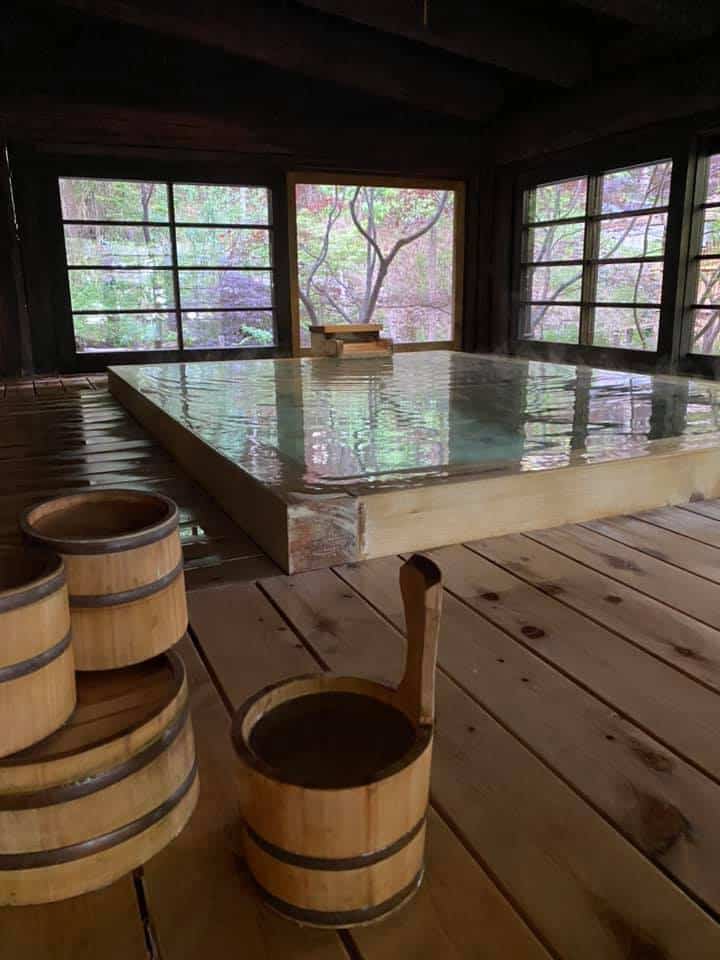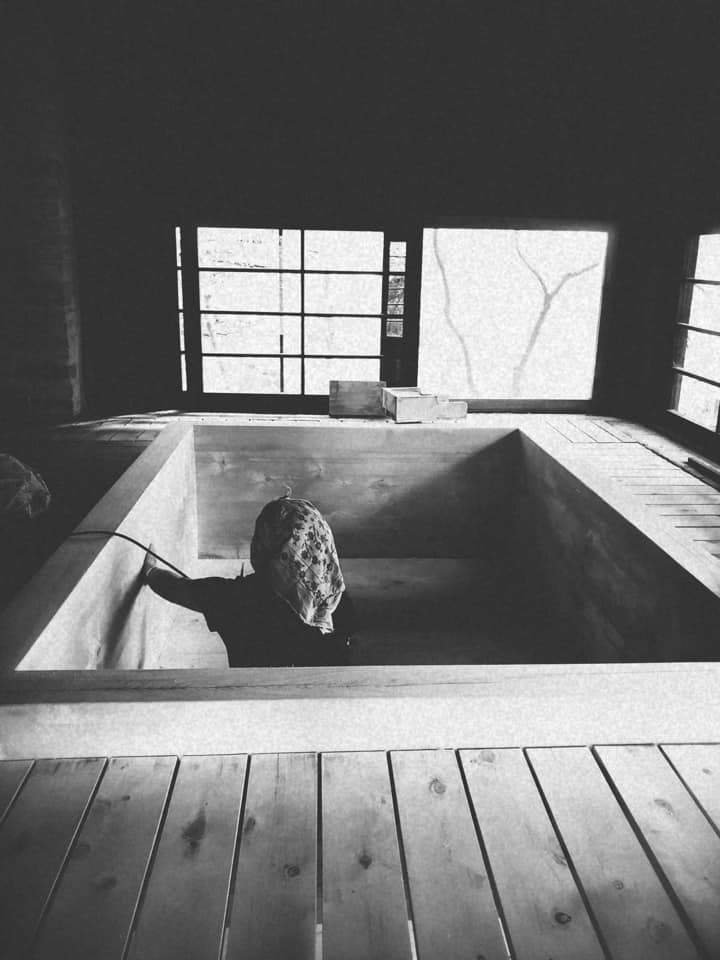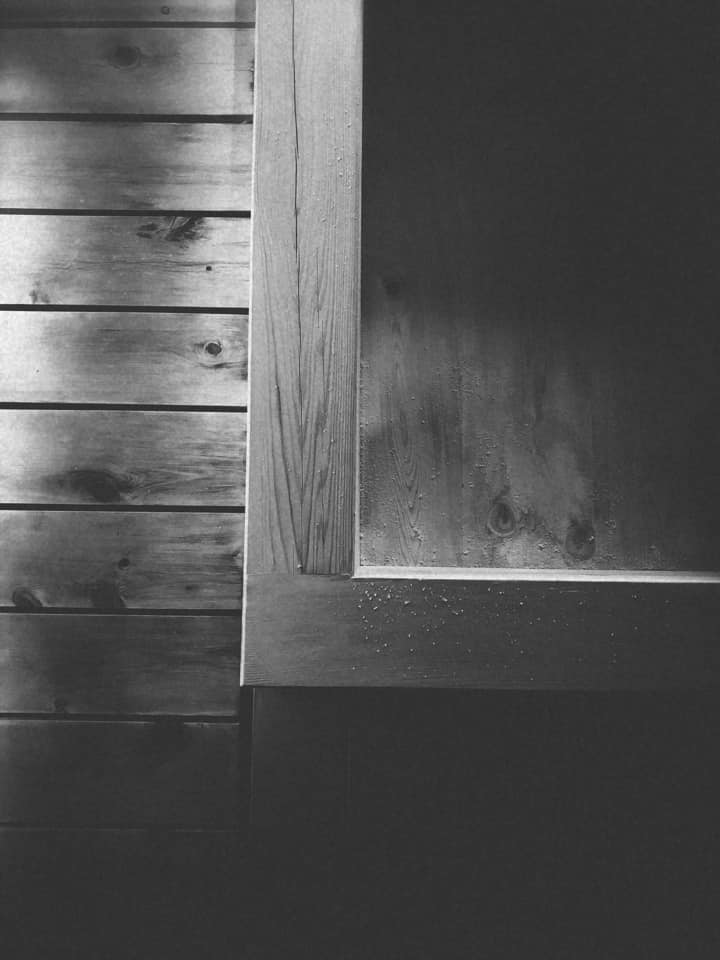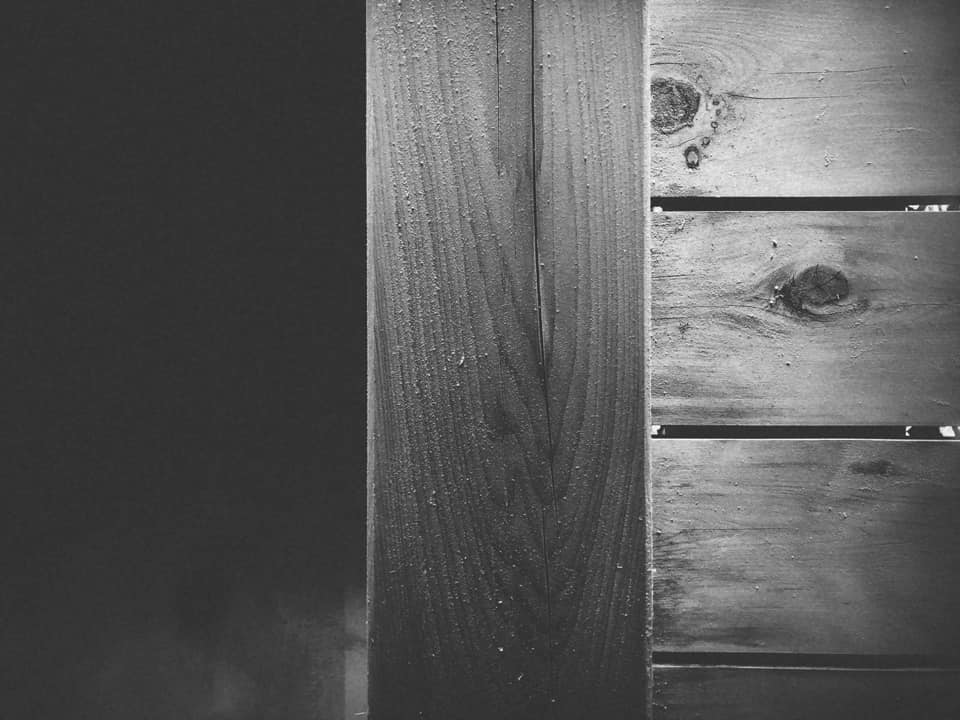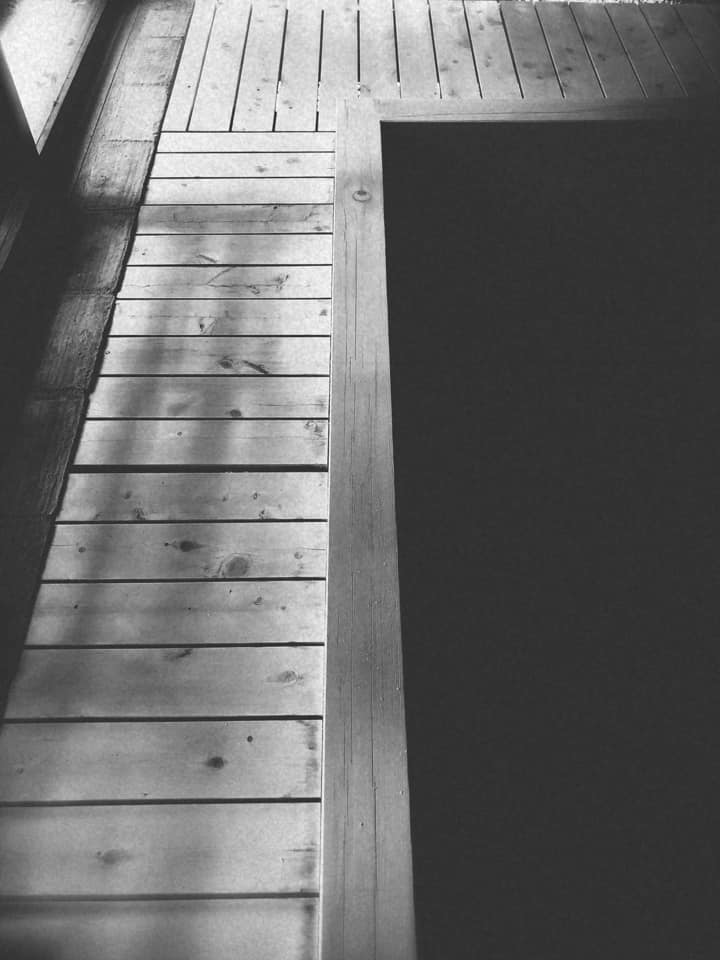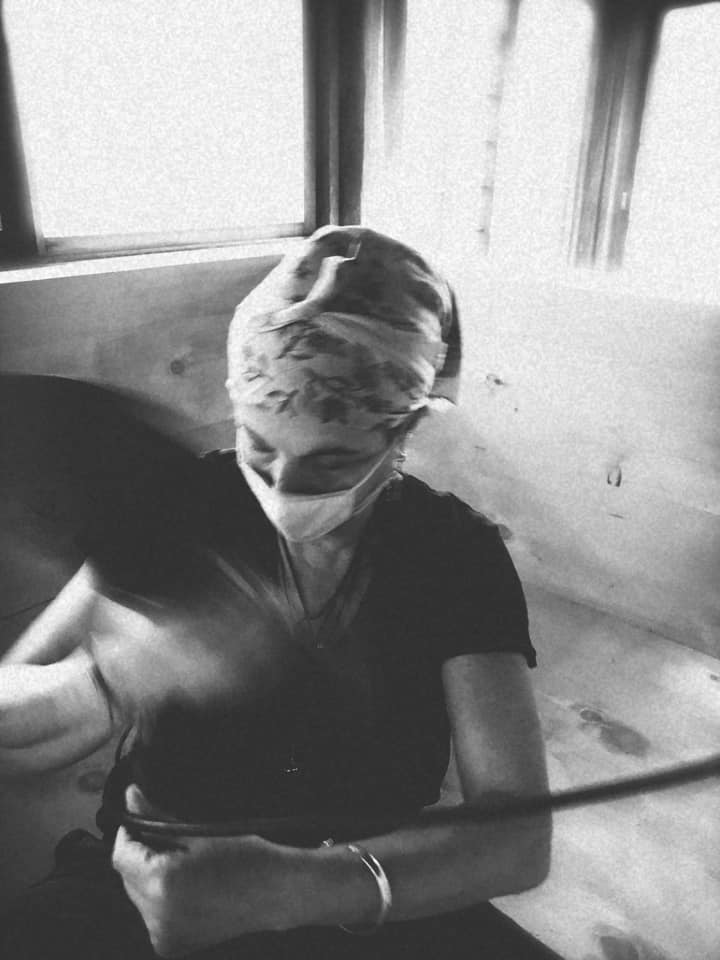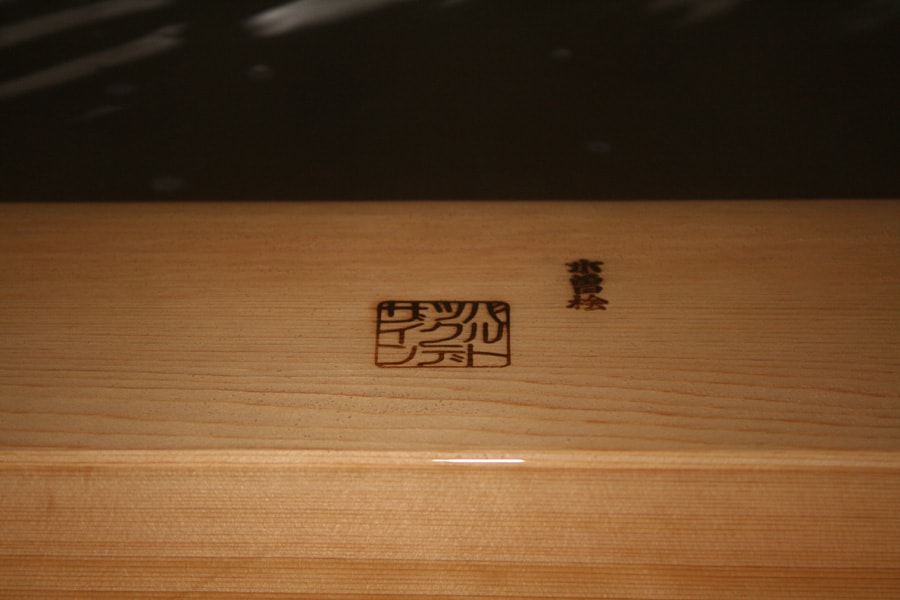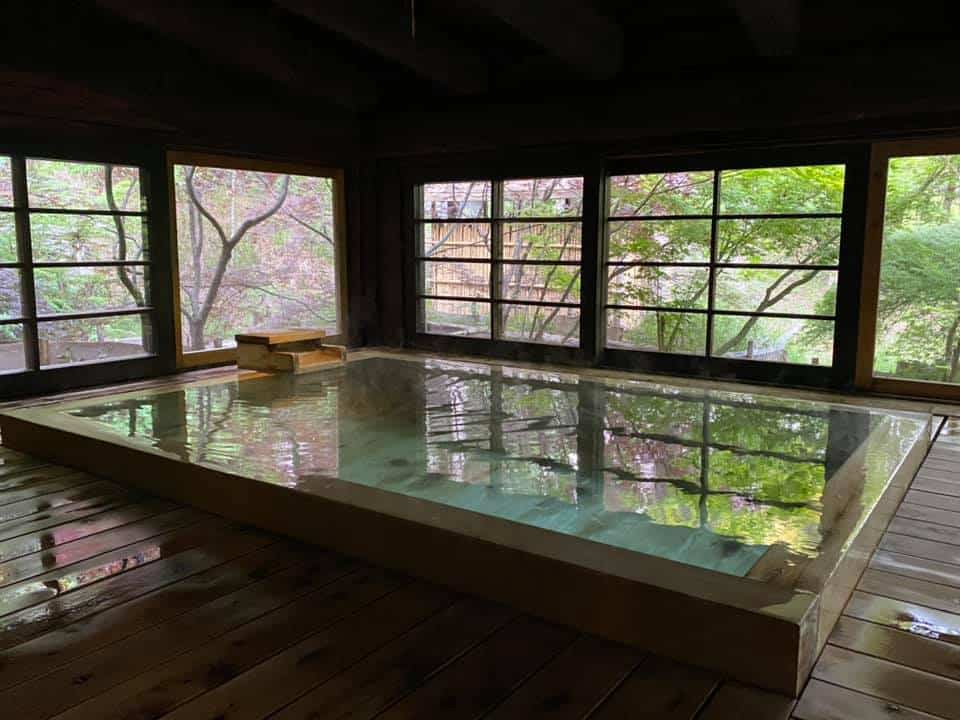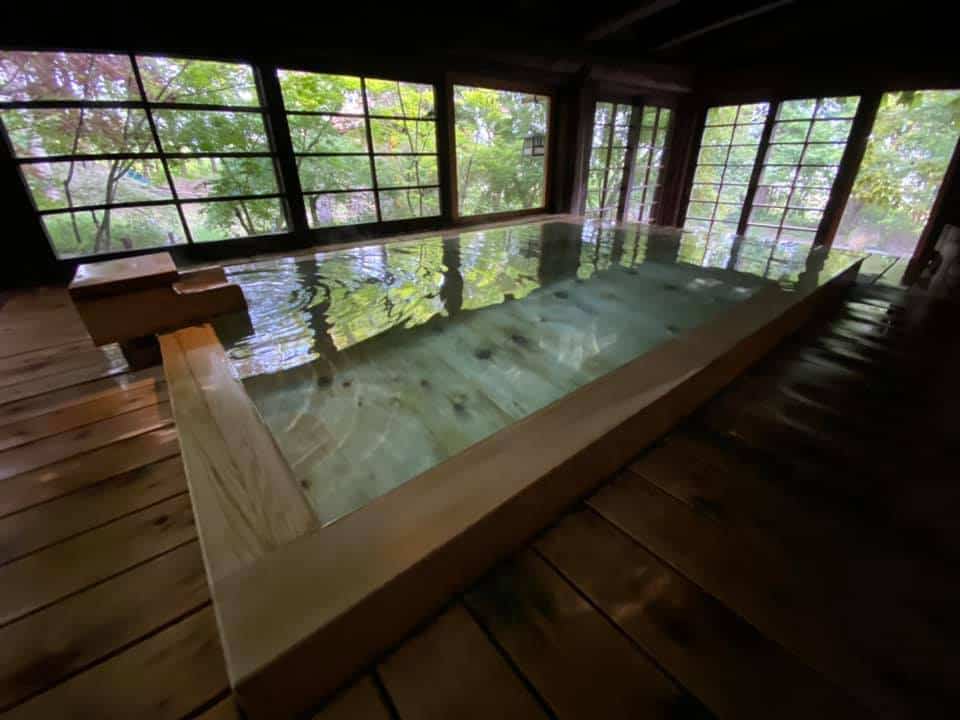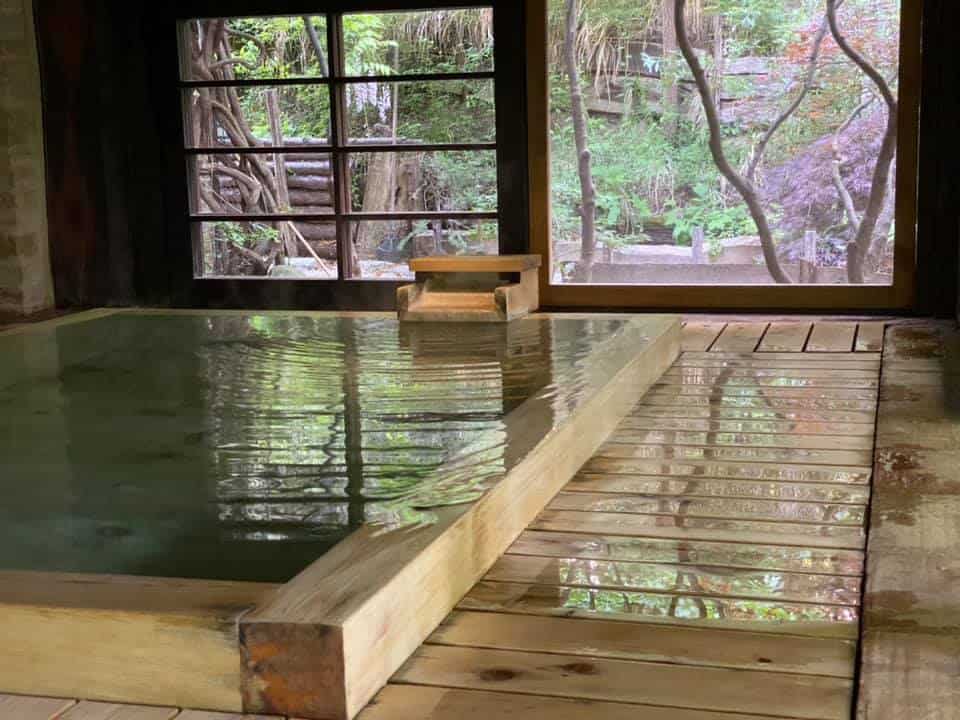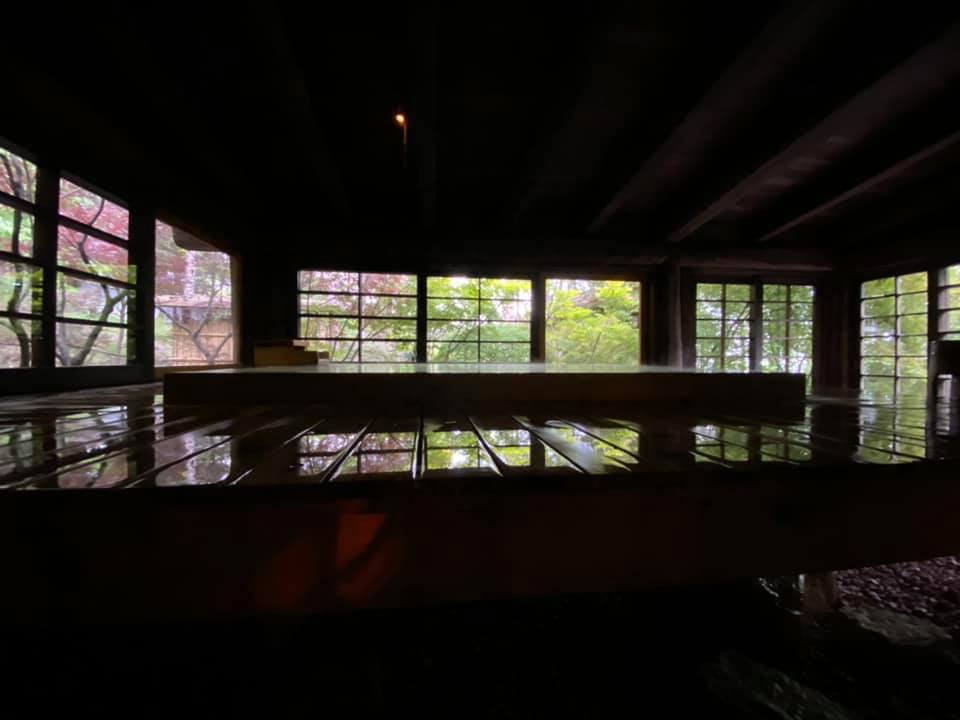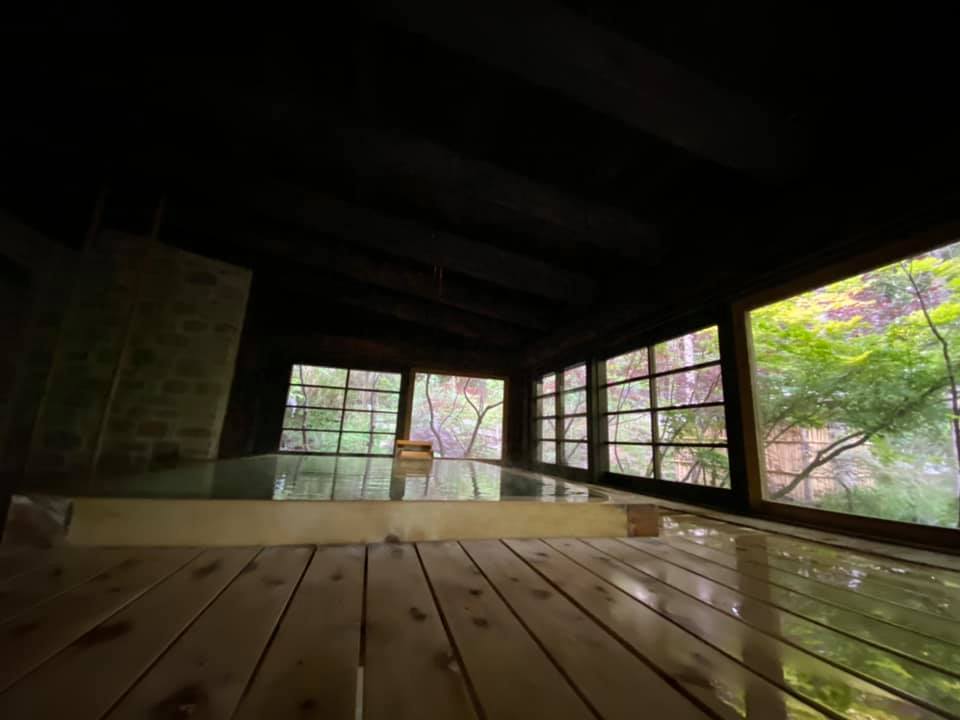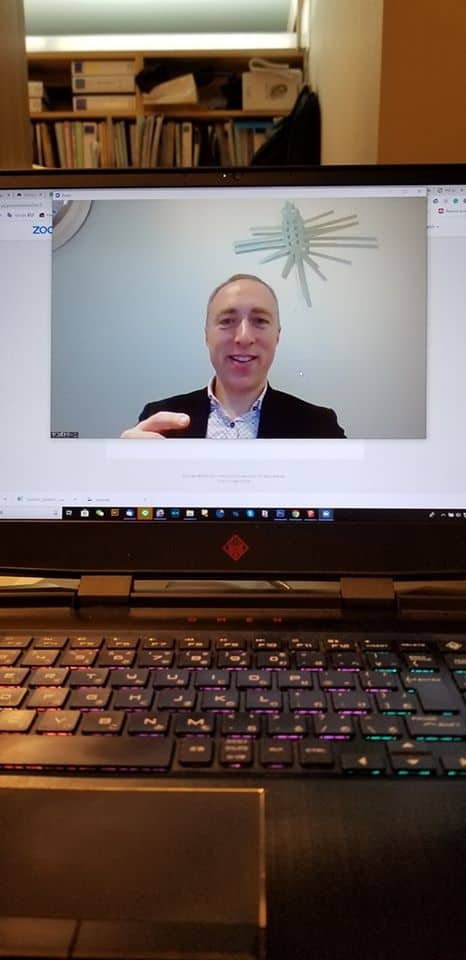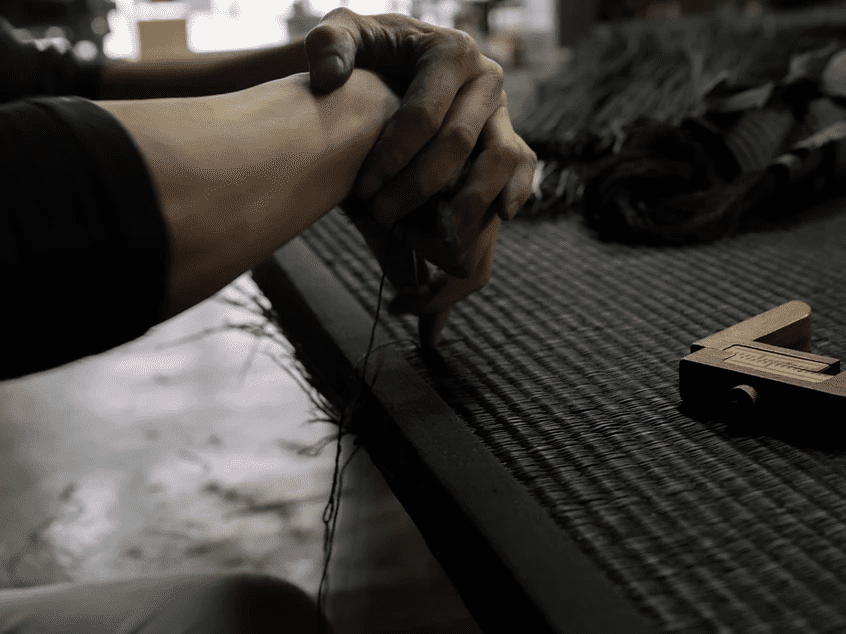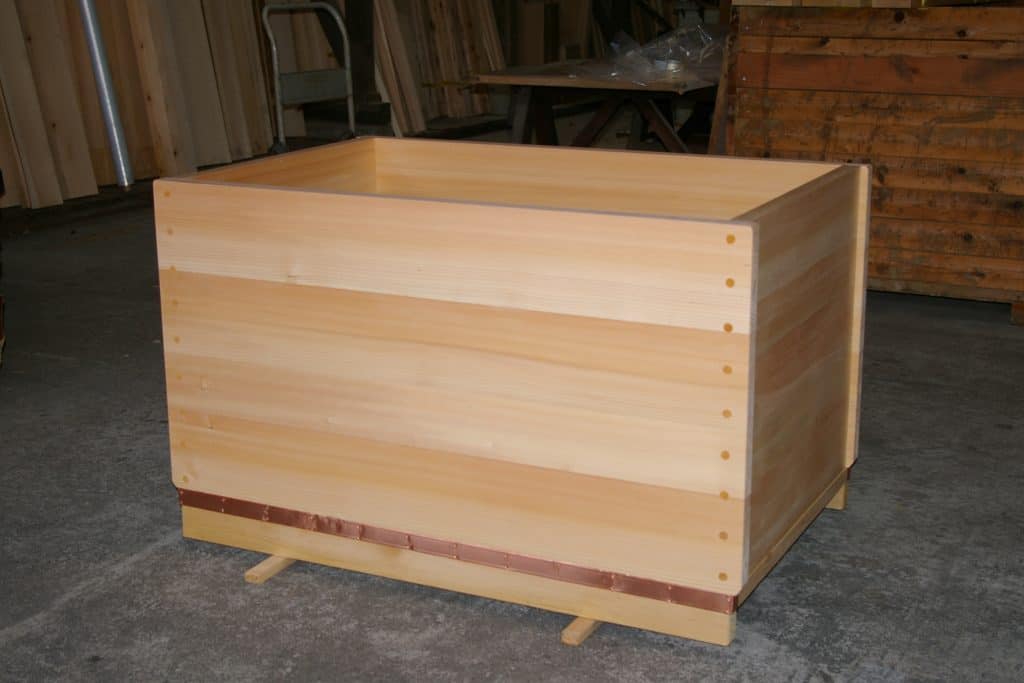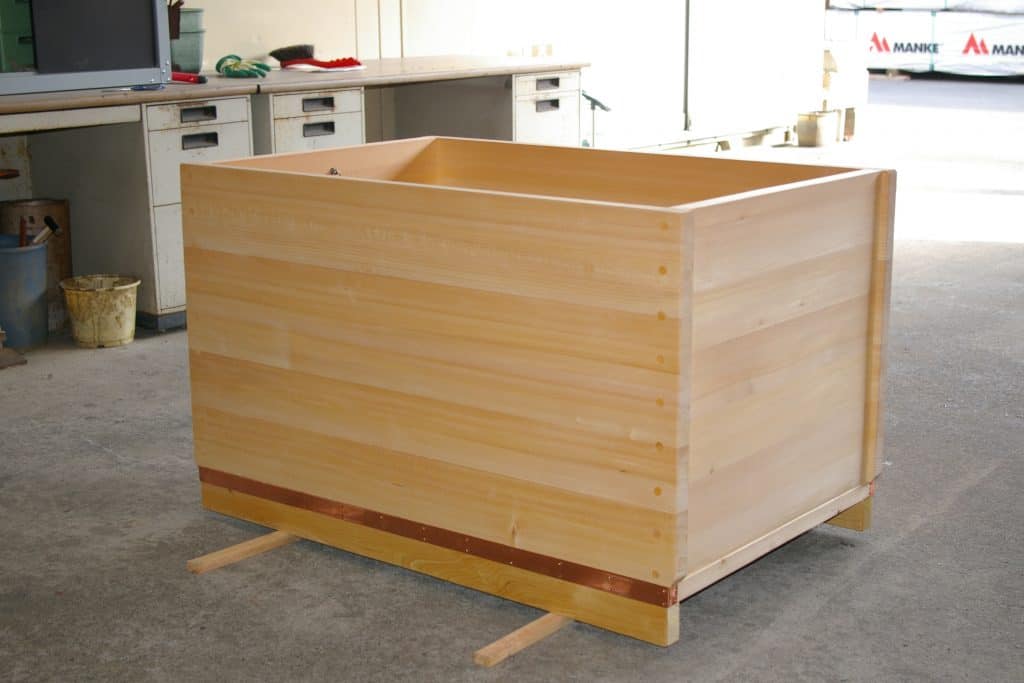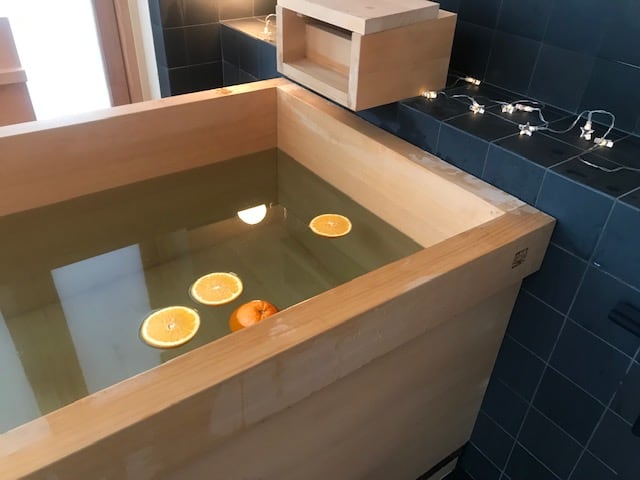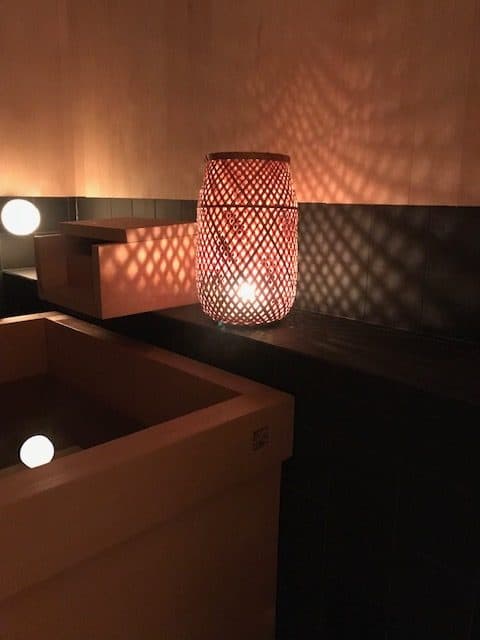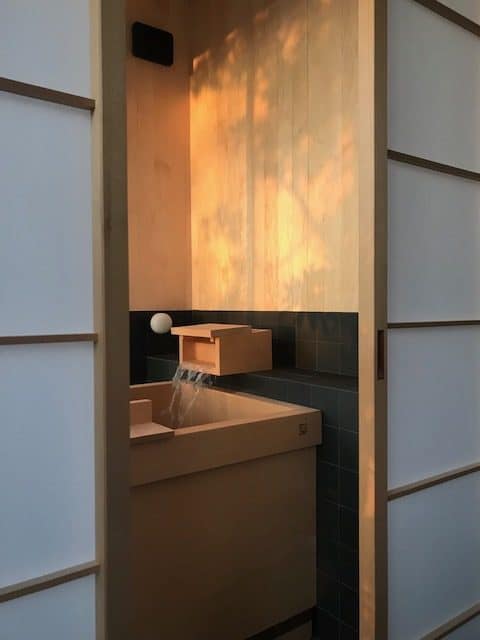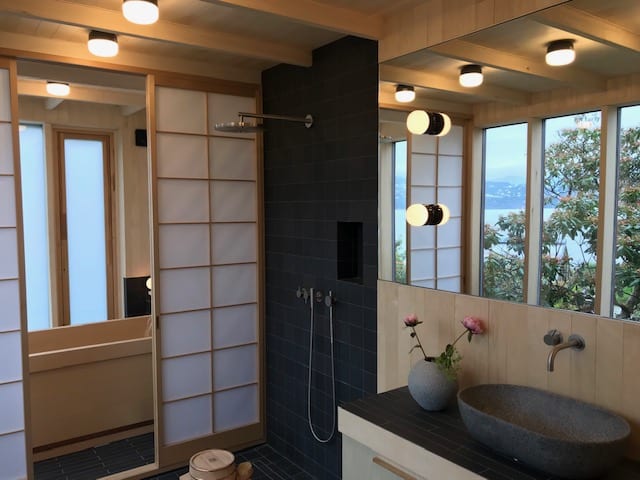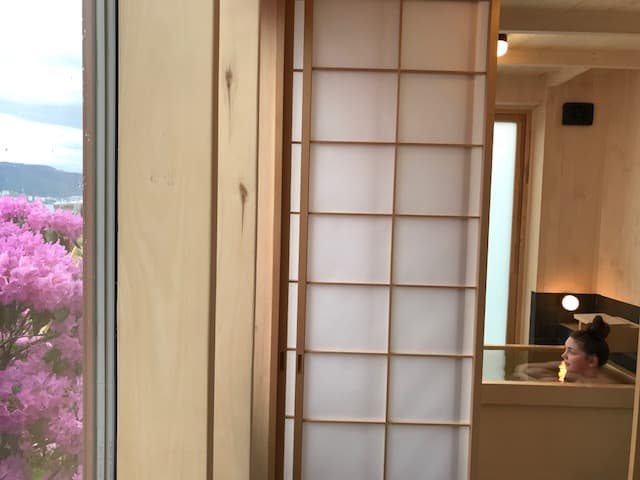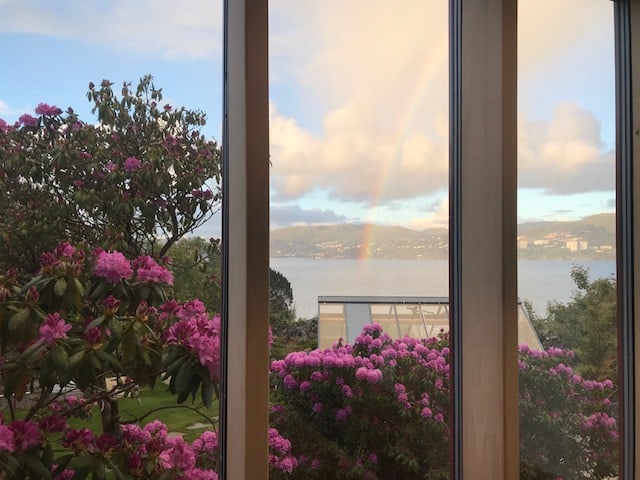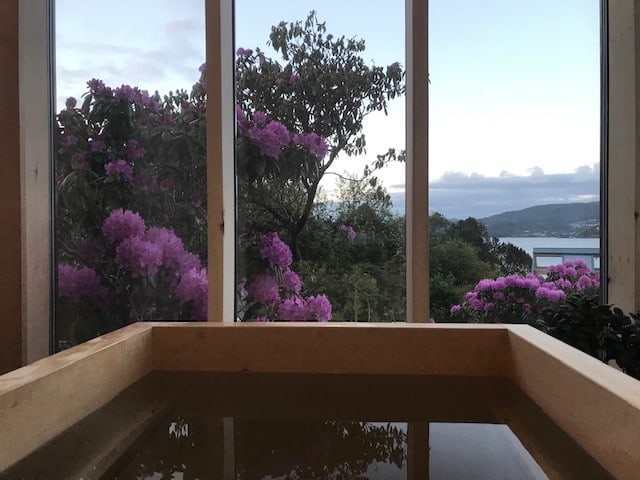Why not re-heating?
I check your website once or twice a year, every year, wondering why you’re still not offering the heating systems that go with your tubs.
Nothing from Kohler, Toto, Robert’s Hot Tubs in Berkeley, Zen Baths…..etc, either. I check them all every year.
There’s a huge range of soaking tubs on the US market sold by all the big and small bathtub suppliers. And though Japan and the US both use 110-volt power supplies, not one Japanese or US company has stepped forward to get a digital recirculating heating system into the US market. Nothing is waiting for approval, not even in California where demand would be strong.
Are you aware of any progress being made to make these systems available in the US?
Kind regards,
G.
Thank you for your interest in our Japanese bathtubs!
I appreciate your concern and advice but… we are carpenters… and we are good -only- at producing wooden bathtubs.
If we were reselling mechanical items (produced by specialized companies) our prices would be less competitive than the specialized suppliers plus we would not be able to provide the maintenance service and spare parts.
Consider also that the USA with its huge pool & SPA market can probably provide more advanced equipment at a more reasonable price than the Japanese makers (just my personal feeling)
This is why we prefer not to be involved in heating systems.
(Please note also that a good percentage of ofuros that are ordered by Bartok design`s customers have a larger capacity than a standard 5ft acryl shallow bathtub and the standard hot water heaters with recirculation system -so popular in Japan- would be under-spec.)
Anyway, it is not complicated to implement a system to match the requirements of each project.
Basically is the same as a spa or jacuzzi bath.
You will need a post-water-heater (gas-operated /or heat pump) + recirculation pump + cartridge filter + if you want ozone or UV sanitizer. (you cannot use chlorine – not even from a salt chlorinator)
I recommend contacting a company designing/installing systems for spas.
You can search for the names of equipment companies as keywords: (Jandy, Certikin, Waterways, Hayward, Pentair etc.)
If that company has questions about the compatibility/interface with the ofuro, you can put me in contact with them directly and I will try my best to address their technical questions.
Best//
iacopo
